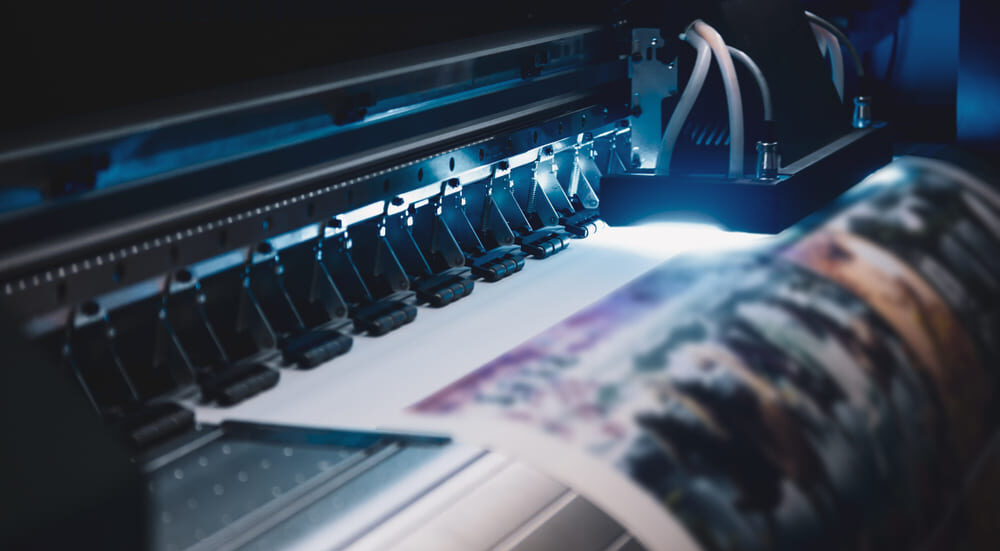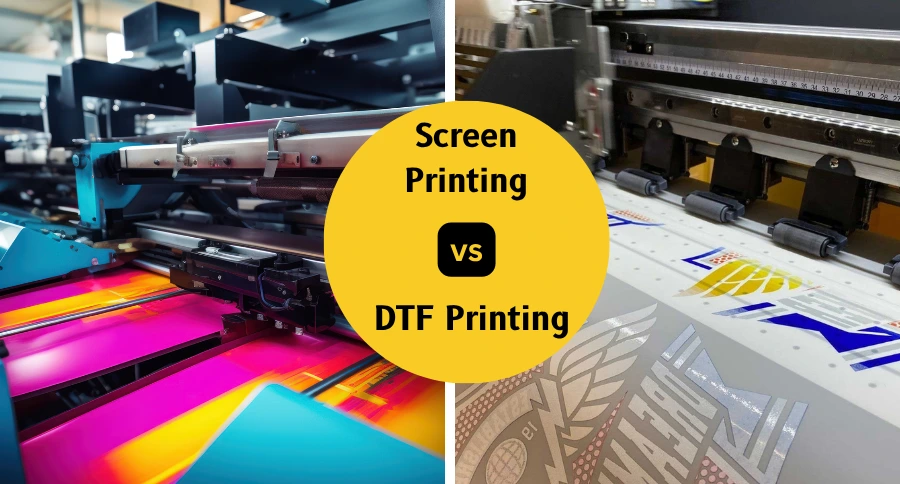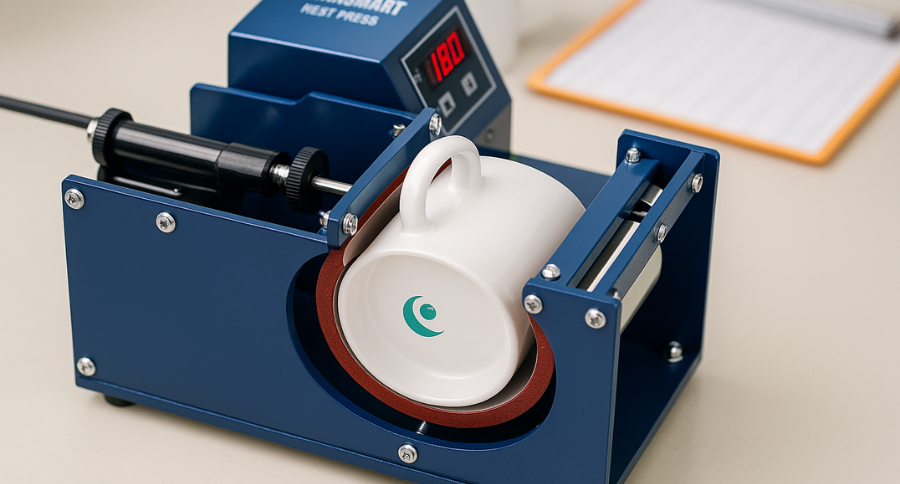Introduction:
Printed apparel has evolved far beyond flat logos and simple designs. In 2025, it’s all about depth, dimension, and feel.
Whether it’s a soft puff print on a hoodie or metallic shimmer on a t-shirt, specialty inks and finishes have become the secret to transforming ordinary fabric into something extraordinary.
From fashion brands to corporate uniforms, everyone is embracing these bold, tactile designs to elevate their look — and connect with audiences through creativity.
What Are Specialty Inks & Finishes?
Specialty inks are not your regular screen printing inks. They’re custom formulations designed to add texture, shine, and unique visual effects to apparel. Finishes, on the other hand, are applied after printing to enhance or protect the design.
Some of the most popular types include:
- Metallic Inks: Give a reflective, shiny surface that mimics gold, silver, or bronze tones.
- Puff Prints: Create a raised, soft texture that adds a 3D look to t-shirts and hoodies.
- 3D Embroidery: Uses layered stitching for a bold, sculpted design.
- Foil Prints: Apply a metallic foil sheet for a glossy, mirror-like finish.
- Matte and Gloss Effects: Offer contrast and depth with subtle sheen differences.
- Glow-in-the-Dark Inks: Perfect for promotional or themed apparel.
Why These Finishes Are Trending in 2025
The printing industry is more creative and competitive than ever. With personalization becoming mainstream, brands want something that feels different — literally.
Here’s what’s driving this trend:
- Sensory Branding: People love to touch what feels premium. Raised or textured prints make apparel more memorable.
- Visual Impact: Specialty finishes pop on social media, especially under good lighting or video reels.
- Limited Editions & Drops: Streetwear and merch brands use these to create exclusivity.
- Corporate Identity: Companies use 3D embroidery or metallic ink for professional, polished uniforms.
Spotlight on Popular Techniques
1. Metallic Ink Printing
Metallic inks use fine metal particles to reflect light and create a shimmering effect.
They work best for logos, typography, or accents on darker fabrics.
This method is widely used in screen printing for t-shirts, hoodies, and uniforms.
Pro Tip: Use metallic gold or silver to highlight brand names or limited-edition collections.
2. Puff Print: The Soft 3D Effect
Puff printing is achieved by adding an expanding agent to the ink. When heated, it “puffs” up — creating a soft, raised texture.
It’s ideal for streetwear, hoodies, and youth fashion lines that want a bold, playful look.
Case Example: A local clothing startup recently launched puff-print hoodies with minimal typography, and they sold out within weeks due to their unique texture and feel.
3. 3D Embroidery: The Premium Touch
3D embroidery involves layering threads to produce a sculpted, elevated look.
Unlike flat stitching, this method gives dimension and luxury — perfect for caps, jackets, and uniforms.
It’s durable, long-lasting, and adds depth that simple printing can’t achieve.
4. Foil & Glitter Finishes
Foil and glitter printing are back — but more refined than ever.
Today’s foil finishes are sleek, not flashy. They offer a mirror-like sheen for fashion-forward apparel, while glitter inks bring subtle sparkle without flaking.
Use Case: Perfect for event merchandise, dance teams, or festive campaigns.
The Technology Behind the Trend
Advanced DTF Printing (Direct-to-Film) and Sublimation Printing have made specialty finishes more accessible.
These digital methods allow precision printing with vibrant colors and detailed textures — even for small runs or one-off designs.
Meanwhile, traditional Screen Printing still remains the go-to for metallic and puff inks due to its ability to handle thick ink layers and unique finishes.
Challenges and Considerations
While specialty finishes look incredible, they do require extra care:
- They may need longer curing times.
- Some inks only work on certain fabrics.
- Costs are higher, but so is the perceived value.
If you’re ordering in bulk, always ask for a sample swatch first to ensure the texture and finish meet your expectations.
The Future of Printing Is Dimensional
In the next few years, expect to see more hybrid prints — combinations of screen printing, embroidery, and digital finishes — creating textures never seen before.
Brands are experimenting with multi-layered art, combining flat color prints with raised embroidery for high-impact designs that tell stories through texture.
Conclusion
Specialty inks and finishes are no longer a luxury — they’re becoming the new standard for brands that want to stand out.
From puff prints to 3D embroidery, these tactile techniques give apparel a premium touch, making them memorable and engaging.
When design meets dimension, your print doesn’t just get seen — it gets felt.






